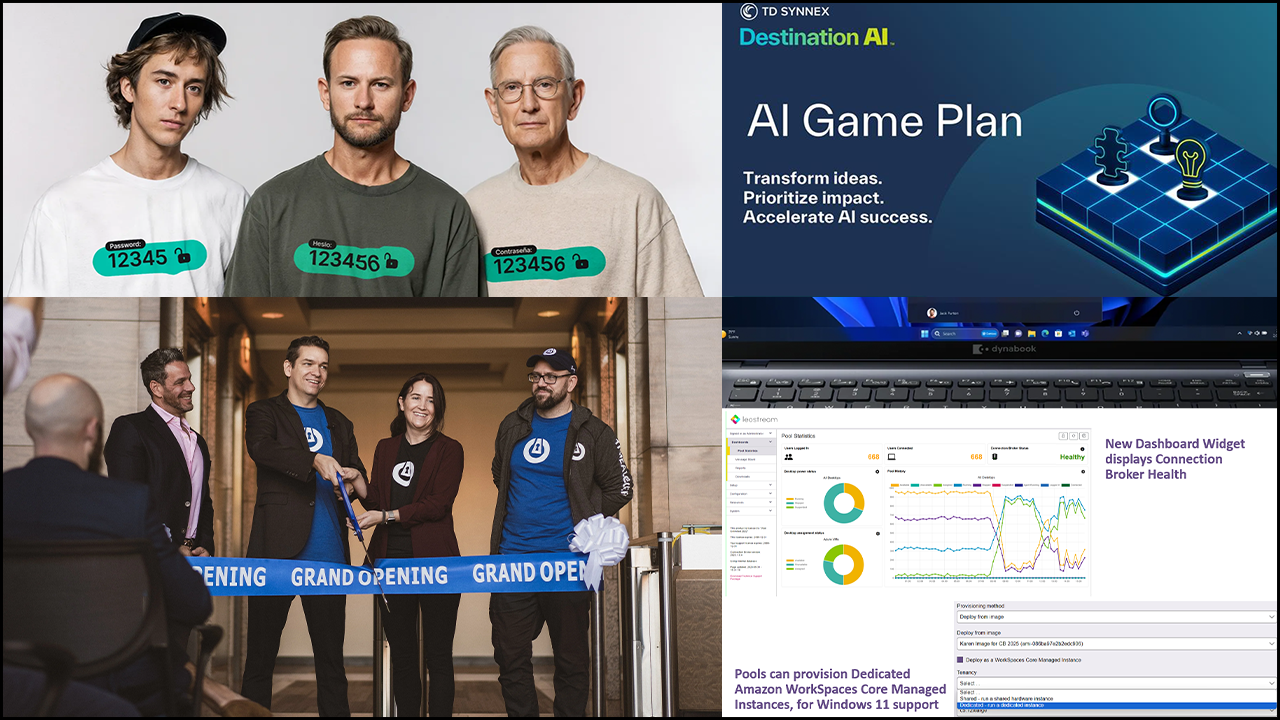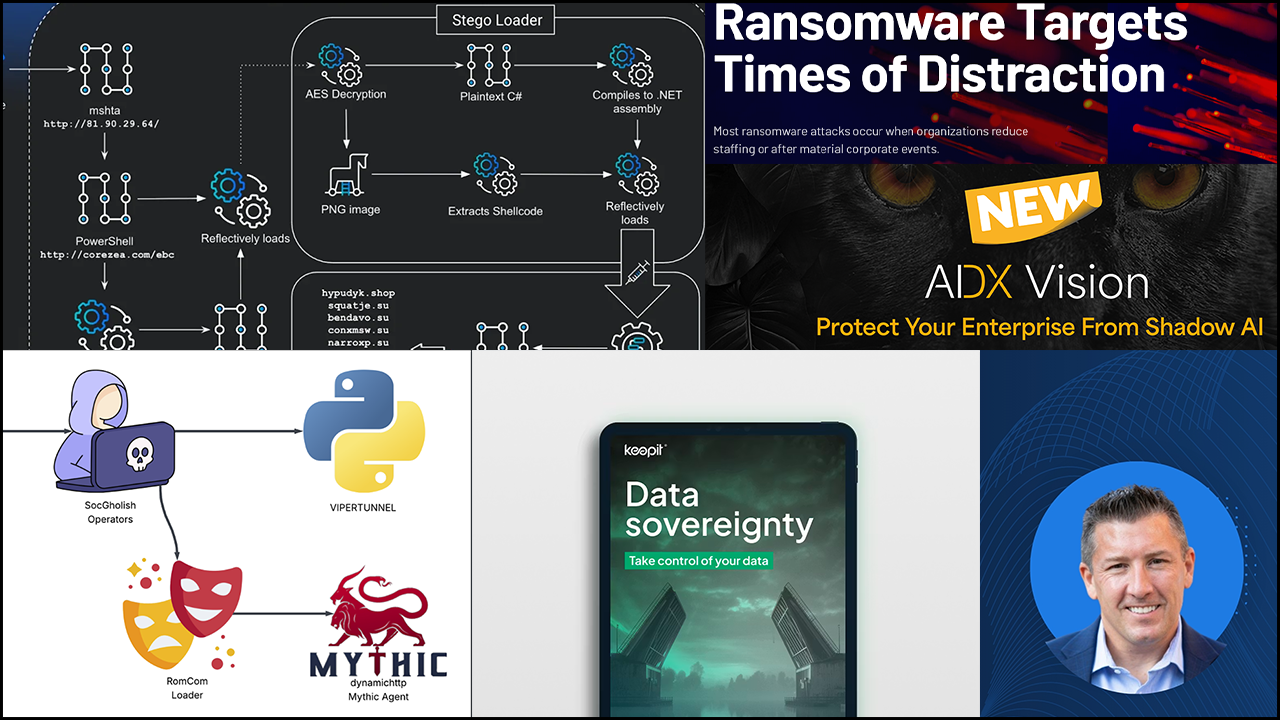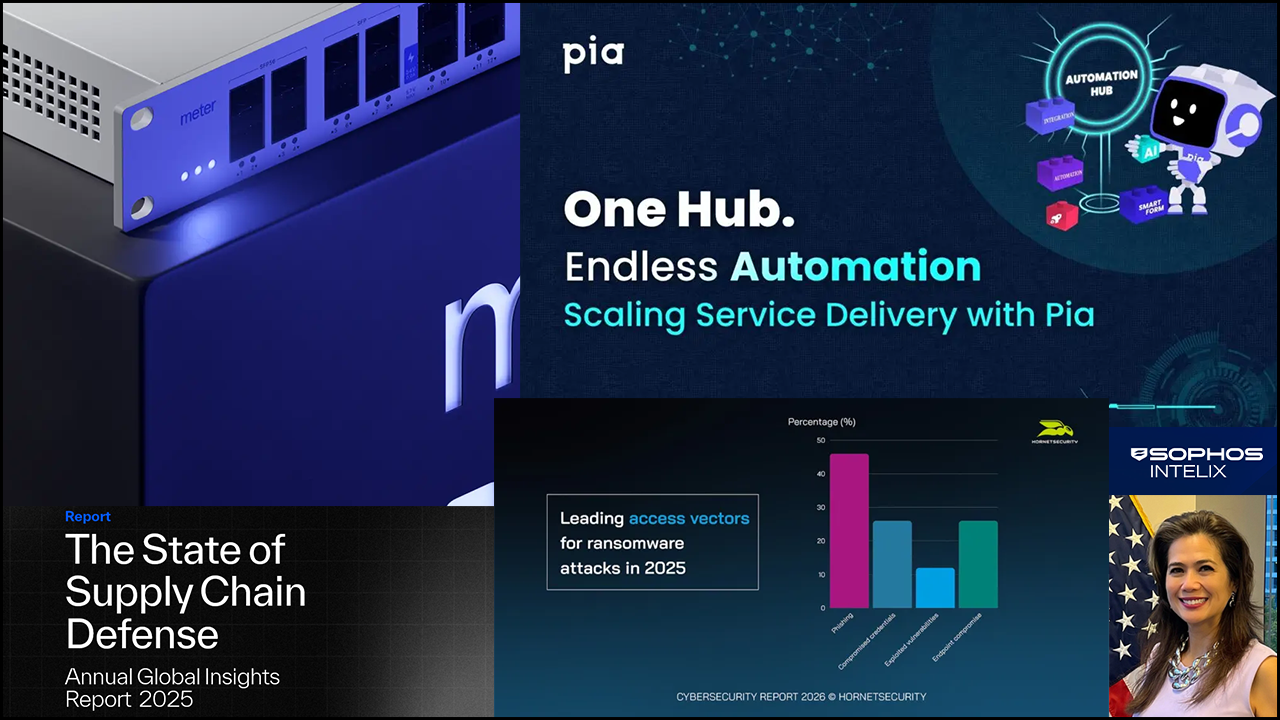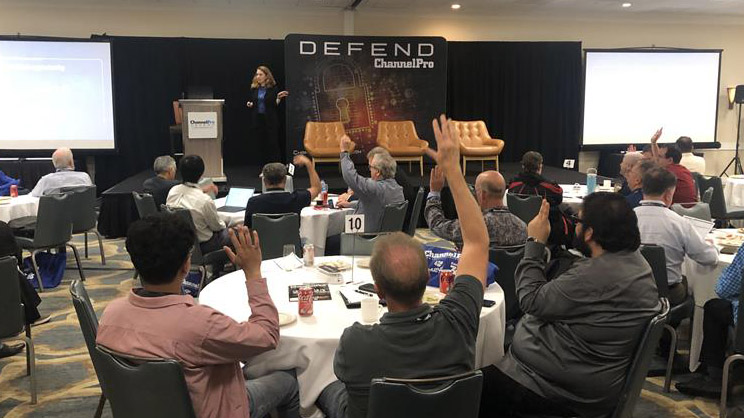ACCORDING TO GARTNER, some 10% of business data is created and processed outside a traditional data center or cloud at present, a figure that will rise to 75% by 2025. That means the “edge” is increasingly where the action is in IT. Edge computing is all about bringing compute and data closer to the user, with the goal of delivering real-time intelligence to help businesses increase efficiencies and competitive advantage.
Channel pros who want to get in on this action, however, will have to acquire new skills, develop vertical expertise or look to partner, and learn to explain the business benefits to their SMB customers.
If that sounds like a high mountain to climb, the reward is worth it, according to Sam Barhoumeh, founder and CEO of Ready Networks, an 80-person global cloud MSP headquartered in North Palm Beach, Fla. “There’s a lot of benefits that the customer can get with [edge computing],” he says. “From an MSP standpoint, it stands to be a great revenue-generating vehicle for them as well.”
In 2020, the edge computing market was valued at $2.28 billion, according to MarketsandMarkets, and is expected to reach nearly $11 billion by 2026, with a CAGR of 29.4%. Driving this growth is the adoption of the Internet of Things, sensors and data analysis tools, artificial intelligence and machine learning, and other technological innovations that are delivering performance and productivity gains for enterprises across industries, MarketsandMarkets reports.
Barhoumeh puts it simply: “The primary purpose of edge computing is to actually simplify the customer service experience and allow things to happen faster, in a shorter period of time.”
Edge computing “helps reduce a lot of latency between the time that your data needs to get from point A to point B,” explains Chuck Ma, director of cloud strategy at Buchanan Technologies, a 750-person MSP in Grapevine, Texas. “It also can be a little bit more reliable, because now you’re not having to go through so many hops.”
Ideal use cases for edge computing involve data that is urgent or business critical, explains Stephanie Atkinson, CEO and founder of market research firm Compass Intelligence. These include equipment maintenance and predictive failure, public safety communications, cold chain assets, healthcare, call centers, and more. She adds that not every application requires edge computing, and not all data being collected requires immediate attention. Rather, the focus should be on “things that are very vital or critical to my business, to my operations, to providing good customer service,” she says, adding that “we have to become smarter around the data that we do think is important for our business.”
Is Edge for SMBs?
With many technological innovations, larger enterprises are the early adopters, but recent research from Techaisle finds that about 74% of SMBs are investing in edge, and “99% of them have prioritized cloud, and edge is an extension of that cloud,” says Anurag Agrawal, the analyst firm’s founder and chief global analyst.
Techaisle calls edge “the glue that optimizes and empowers distributed work environments.” Agrawal says that SMBs who deploy edge technologies to improve customer experience or achieve better cost efficiency are finding some unexpected benefits too. According to his research, these include improved controls through better operations monitoring, increased business agility by improving processes, developing new products and services, lower costs through increased productivity and automation, and higher revenue from existing products and services (see chart). “So that makes it extremely, extremely beneficial for the innovative and forward-looking SMBs,” Agrawal says.
However, he says one of the biggest gating factors for SMBs adopting edge solutions are the traditional IT providers they turn to for guidance. Most channel pros “have limited expertise as to what is really edge. Edge is that amorphous category. It’s a PC, it’s cloud, it’s security, and everything else.”
One issue is that vendors in the edge computing market have not focused their attention on the SMB customer, Agrawal contends. “Therefore, they have not imparted that training and education to their channel partners, and when the channel partners are not equipped with the training and the architecture of the product solution, then they are unable to go and advise the SMB customer.”
The Challenges
Edge computing solutions are typically vertically focused, Agrawal says, but many channel pros aren’t. “For example,” he says, “retail organizations that are integrating video cameras with a point-of-sale solution … are not going to your typical MSP, whose primary job is to deploy solutions at scale. They’re going to specific, retail-focused partners who understand the business process.” IT shops that build vertical solutions, he says, are usually midsize to larger firms.
Barhoumeh agrees that delving into the edge is “not everyone’s cup of tea, No. 1, but more importantly, it’s slightly outside of the MSP range.”
Moreover, most edge computing solutions are highly customized, says Ma. “It’s not like a cookie-cutter solution where you can say, ‘OK, we did this for Company A, let’s just automatically bring this to Company B.’ Those types of solutions need to be adjusted to really fit their specific needs.”
User education is also a challenge, says Agrawal, who stresses that SMBs need to understand what they are trying to achieve with an edge deployment. “If the SMB is unable to really understand what the data is telling them at the edge, then no amount of investment is going to really help them.”
Then there’s the deployment challenge of rearchitecting a customer’s network and applications to take advantage of the edge computing paradigm, Ma adds. “If it’s a big change on the networking side then that’s going to clearly be an issue for some companies to make that adjustment.”
The issues are complex, says Agrawal. “Now your data is being distributed, how do you manage that then? Security is a challenge. And the skill set is obviously one of the biggest challenges.”
Skills You Will Need
Agrawal says MSPs will need two essential skill sets: analytics and the ability to architect a solution “that connects with the business pain point of the SMB customer.”
Barhoumeh looks for employees who have some software development and scripting skills and familiarity with programming languages like Python, as well as someone who has “a traditional understanding of LAN architecture but can speak to the narrative of virtualized architecture within the cloud hyperscalers of today.” For example, he explains, “Can the technician who understands the Cisco ASA firewall take the ASAv, or their virtual instance of that firewall, and set it up and tie it into that hyperscaler architecture the same way that he would have been able to do it when they were setting it up physically in the data center?”
On the data side, Barhoumeh looks for ETL skills. “As partners work with clients on edge computing that have a significant amount of data, that data needs to be tracked and that data needs to live in either a container or some sort of data warehouse. The data ETL method is basically the transport vehicle moving that data from one location to the other and then bringing it back.” The data analysts must also know how to speak to application developers, he adds, as an edge solution has complex interdependencies.
Ma agrees. “You might have somebody who’s very good in the development side, but then you need to augment their knowledge in terms of understanding how to develop from an edge computing and an edge cloud perspective, because that’s a different way of architecting a solution.”
Getting Started
MSPs should start by familiarizing themselves with the edge computing device providers and explore their educational material, advises Ma. He also recommends gaining knowledge about the public cloud infrastructure providers “because you’re going to get a combination of those, typically, to create your edge computing solution.”
Agrawal suggests four steps. Start by understanding your strengths and identifying customers who could benefit from an edge solution. Then identify your vendor partners, create a proof of concept for targeted customers, and develop a road map of where you want to go with this line of business.
If you don’t have or can’t afford the necessary skill sets, Agrawal advises, partner with other providers. “It becomes a collaborative ecosystem,” he says. “We are seeing a lot happening in the market today.”
Atkinson adds that deep industry expertise or knowledge about an individual business is critical. “Customers are going to get it. The [providers] that come in and say we have this edge computing solution, that it’s going to do this blanket real high-level thing for your business, and it doesn’t really apply—those the ones you’ve got to worry about it.” The MSPs who will achieve success are those that “really work hard to understand you as an industry or even as a company and what you’re dealing with.”
Looking Ahead
It’s still somewhat early days for edge computing. According to Gartner, “Edge computing solutions will shake out over the next five years. Over time, ideal niche solutions with limited market and profit opportunity for the suppliers will be replaced by more general-purpose solutions that have greater market opportunity and more sustainable business models. Edge computing is broad enough to support many submarkets, but it will evolve from today’s thousands of often custom patterns to dozens of viable patterns, and cloud providers will take a larger and larger role.”
Buchanan’s Ma agrees that the conversation is just beginning. “There’s a buzz and people are talking about it. So now I think CIOs and directors of IT are going, ‘OK, I’ve heard about this concept. How can my business use this to make things more competitive?'”
For the channel pro working with sub-100 employee businesses, Barhoumeh says, the questions to consider are: Can you support, enhance, and help grow that customer’s business through sensors and technologies? And can you take that distributed model and break it up into an edge computing environment? “The methodology,” he stresses, “is completely achievable from small to medium to large business.”
Edge Computing in Action: Call Center
Ready Networks developed an edge computing solution for an insurance company based in Italy that had acquired a number of smaller firms in the U.S. The solution involved moving its call center application to Amazon Web Services and leveraging natural language processing (NLP) to automatically route calls that come into an 800 number to the appropriate call center.
“So, we took NLP, a series of Lambda scripts and technologies, and built an AWS framework that was distributed over AWS architecture,” explains Sam Barhoumeh of Ready Networks. From a network latency perspective, Ready Networks designed the data warehouse and framework so that all workloads were as close to the consumer as possible.
“Whenever an inbound call came in from the East Coast versus West that call traffic was routed through an intelligent application load balancer and directed to the appropriate region. When you [the caller] got handed off to the live agent, that agent knew a lot of information that you provided the automation behind it in real time. The outcome for the customer is better customer service, so less wait time and less compute because it’s distributed.”
In addition, he says, “The application itself was driving data around data metrics, so we can actually use Lambda and the databases behind it to make other determinations based on analytics.”
Edge Computing in Action: Food Storage
A food storage company turned to its MSP, Buchanan Technologies, to develop a more efficient way to ensure its freezers maintained a safe temperature range. “They had some sensors that were built into their refrigeration devices. …It just provided raw data that needed to be transformed into information,” explains Buchanan’s Chuck Ma. “So, if you’re giving me a 5 or 7 or 9, what does that mean? And then from there we need to process that and turn that into an alert or notification,” enabling the plant manager to take action.
Buchanan developed an edge solution that monitored data from the on-site SQL database server via a cloud API. When the temperature range became unacceptable the application sent a PSTN call to the plant manager. “Email was going to be too slow, and the technology they had at the time was a phone,” Ma says.
The solution did require programming. “That’s typically what we see,” he notes. “There’s got to be some kind of development efforts because you’re taking something that was done in a more traditional fashion, and now you’re trying to change it to really take advantage of the edge.”
Image: iStock















